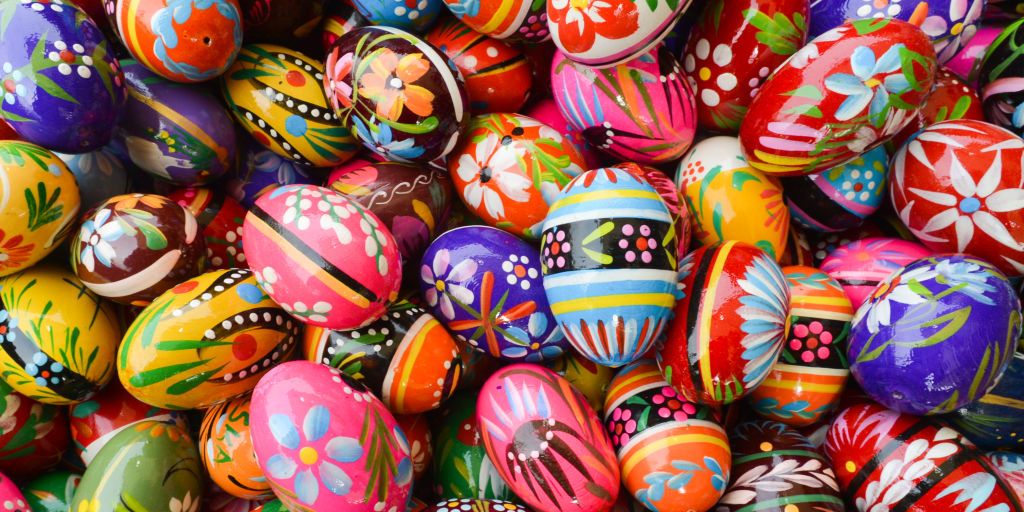How did Eggs and Bunnies Get Attached to Easter?
Bunnies

Christianity’s most important festival is marked by an Easter bunny despite the Bible’s absence of any mention of a long-eared short-tailed critter who brings decorated eggs to well-behaved children on Easter Sunday.
The origins of this mythological species are unknown, but rabbits, famed for their prolific procreation, have long been a symbol of fertility and fresh birth.
A German egg-laying hare known as “Osterhase” or “Oschter Haws” is said to have brought the Easter rabbit to America in the 1700s, when German immigrants landed in Pennsylvania.
Nests for this creature’s colorful eggs were built by their children’s imaginations. Later, it became a national holiday, with eggs being replaced by colorful baskets and chocolates and other goodies being delivered by the Easter Bunny.
The bunny would get hungry after all that hopping, so kids would often leave carrots out for him.
Easter Eggs

Despite the fact that Easter is a Christian celebration, several of its rituals, such as the dyeing of Easter eggs, can be traced back to pagan origins.
Pagan spring festivals have long featured the egg as a sign of new life. Easter eggs are seen as a symbol of the resurrection of Jesus Christ from the grave.
As early as the 13th century, there have been reports of people decorating Easter eggs.
Eggs were once a forbidden meal during Lent, so people would paint and decorate them to signify the end of the fasting period and then eat them on Easter as a celebration, according to one theory.
Two popular egg-related customs are Easter egg hunts and egg rolling. A race in which children push decorated, hard-boiled eggs across the White House lawn is held every year on the Monday following Easter in the United States.
In 1878, while Rutherford B. Hayes was president, the first White House egg roll was held.
Some have interpreted the egg rolling as a representation of Jesus’ tomb being opened and his resurrection, but this is not a religiously sanctioned ceremony.






